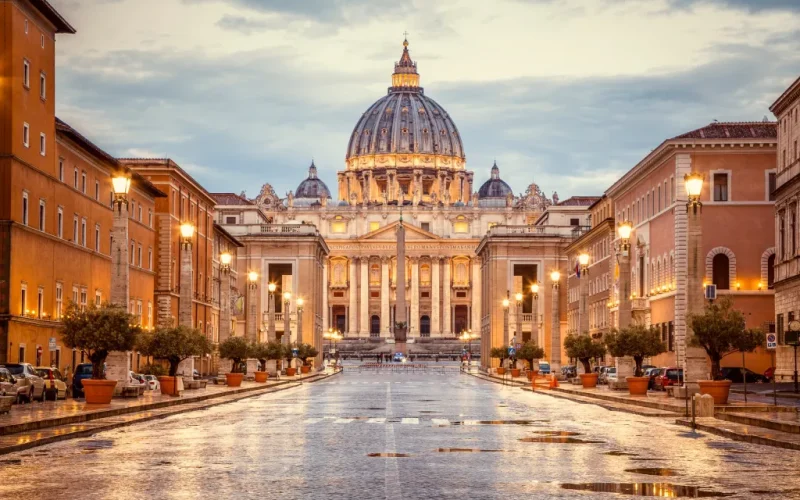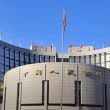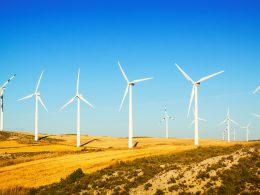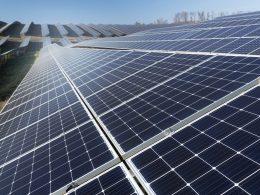Italy has approved a Vatican initiative to transform a 4.3-square-kilometre field north of Rome into a large-scale solar farm, marking a key step in the Holy See’s ambition to make Vatican City the world’s first carbon-neutral state.
The agreement, signed on 31 July by Vatican foreign minister Archbishop Paul Gallagher and Italy’s ambassador to the Holy See, Francesco Di Nitto, enables the development of the Santa Maria Galeria site. According to a Vatican statement, the project will preserve agricultural activity on the land and minimise environmental impact.
While financial details remain limited, the Vatican will be exempt from Italian import taxes on solar panels but will not receive solar incentives offered to Italian citizens. Italy, meanwhile, will be allowed to include the project in its national clean energy accounting to meet EU targets. Any electricity generated beyond the Vatican’s requirements will be provided to the local community, officials said on condition of anonymity.
Vatican estimates suggest the solar farm will cost under €100 million (approximately US$114 million). The Italian parliament must approve the deal due to its financial implications, given the site’s extraterritorial status.
The Santa Maria Galeria site has long been a point of contention. Home to Vatican Radio towers since the 1950s, the area became controversial in the 1990s amid complaints from residents linking electromagnetic emissions to health issues, including childhood leukaemia. Although legal action against Vatican Radio officials did not result in convictions, the Vatican scaled back its radio transmissions in 2012, citing cost-saving digital broadcasting methods.
Pope Francis, a vocal advocate of climate action, initiated the solar farm proposal in 2023 to align with the Church’s environmental commitments. His successor, Pope Leo XIV, visited the site in June and pledged to advance the project, continuing the Vatican’s transition away from fossil fuels. Leo has since incorporated new prayers and readings inspired by Francis’ environmental teachings into Church liturgy.
The Vatican hopes the project will not only secure energy independence but also symbolise its commitment to ecological responsibility. Once approved by parliament, contracts for construction will be opened for bidding.





















